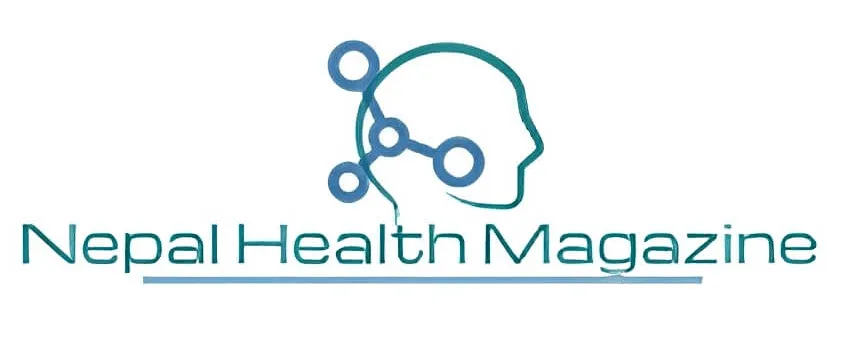Inequality analysis using Stata: Disaggregated data from surveys | OpenWHO:Household surveys are a key data source for health inequality monitoring. In this practical course, students will learn the main steps and considerations for preparing disaggregated data from household surveys using the statistical package Stata, including its preparation for the subsequent analysis of health inequalities using the WHO Health Equity Assessment Toolkit (HEAT Plus) software application.
Self-paced
Language: English
Not disease specific
Table of Contents
Course information for Inequality analysis using Stata: Disaggregated data from surveys | OpenWHO
Overview: For many countries, household health surveys are the main source of information for health inequality monitoring because they include data on both health indicators and dimensions of inequality. Yet, there are several considerations, including sampling design complexities and data quality, that must be taken into consideration when analysing and reporting disaggregated survey data.
The aim of this course is to provide learners with a practical guide to the preparation of disaggregated data sourced from household surveys using the statistical software Stata. These data can then be used to monitor and analyse health inequalities using the WHO Health Equity Assessment Toolkit (HEAT Plus) software. The course offers an overview of the main considerations for the analysis of complex survey data and introduces learners to a set of Stata commands for disaggregated data preparation. The use of Stata code is demonstrated through examples using a sample dataset. The target audience is monitoring and evaluation officers, data analysts and other technical officers with an interest in data analysis. The course may also be of interest to students and researchers.
Course duration: Approximately 2 hours.
Certificates: A Record of Achievement will be available to participants who score at least 80% of the total points available in the final assessment. Participants who receive a Record of Achievement can also download an Open Badge for this course. Click here to learn how.
What you’ll learn
- The main defining characteristics of household survey data and their implications for monitoring health inequalities.
- How to identify health variables and inequality dimensions available in household surveys.
- How to construct key coverage indicators, accounting for issues such as missing values.
- How to produce estimates of health indicators disaggregated by a variety of inequality dimensions.
- How to prepare disaggregated data for analysis using the WHO Health Equity Assessment Toolkit (HEAT Plus).
- How to identify and use a range of Stata commands to prepare and manage disaggregated datasets.
Course contents
- Introduction:This introduction module gives a brief overview of household survey data and their use in health inequality monitoring. It introduces Stata and describes the forthcoming components of the course.
- Module 1: Survey design considerations:Module 1 provides an overview of key considerations for data analysis using survey data in Stata, including the main elements of survey design. By the end of this module, you will be able to identify aspects of survey sampling design that should be incorporated in data preparation and understand the importance of reviewing survey metadata.
- Module 2: Preparing data for analysis using Stata:Module 2 covers how to perform initial data exploration and preparation tasks in Stata. By the end of this module, you will be able to upload and save datasets in Stata; identify and describe different types of variables; and incorporate key considerations in the construction of health indicators and inequality dimensions.
- Module 3: Calculating disaggregated estimates using Stata:Module 3 covers how to calculate a health indicator disaggregated by relevant inequality dimensions (such as age, education, economic status and place of residence), as well as other key estimates for inequality monitoring. By the end of the module, you will be able to define key Stata survey estimation commands; calculate national averages; calculate disaggregated estimates for each population subgroup; perform double disaggregation; calculate population sizes by subgroup; and export a dataset with the results.
- Module 4: Formatting disaggregated data for use in the Health Equity Assessment Toolkit (HEAT Plus):Module 4 covers the final steps to format a dataset with disaggregated data for its exploration using the WHO Health Equity Assessment Toolkit (HEAT Plus) software. By the end of the module, you will be able to identify the key variables necessary for HEAT Plus and construct them, if missing; structure the dataset in the required format; perform relevant quality checks; and export to Excel.
- Final assessment
- Webinar on World Hand Hygiene | Register today
- World’s First 5-in-1 vaccine against meningitis | Men5CV
- World Health Worker Week 2024 | Know theme
- World Autism Awareness Day 2024 | Know theme
- Staff Nurse | OCH | latest jobs vacancy 2024
- World Hepatitis Summit 2024 | WHO
- Staff Nurse | TLMN | ngo jobs 2024
- World Health Day 2024 | Know theme
- Measuring access to assistive technology in Nepal | Country Report
- Migration Health Nurse | IOM | ingo jobs
- Nursing Officer | Kopila Valley | nursing jobs 2024
- Benefits and risks of using artificial intelligence for pharmaceutical development and delivery | WHO
bachelor jobs bph jobs covid19 health health for all health guidelines new health jobs healthjobs healthjobs in nepal health jobs vacancy health public health update ingo jobs jobs after passing bachelor jobs for bph jobs in nepal jobs in ngo ngo jobs ngo jobs vacancy ngo jobs vacancy for bph ngo job vacancy 2021 nurse jobs nurse jobs 2021 nurse vacancy nursing insurance nursing job nursing jobs nursing jobs 2021 nursing jobs in nepal nursing law nursing officer Nursing Vacancy Public health Public health concern public health important days Public health in Nepal publichealth jobs public health updated Staff Nurse Staff Nurse and HA Vacancy | Nepal Army 2021 staff nurse vacancy staff nurse vacancy in ngo 2021 nepal staff nurse vacancy kathmandu who guidelines WHO official

Hey ! I am Nepal Health Magazine Bot , yet powerful enough to approve, disapprove , delete, ban anything and anyone.



